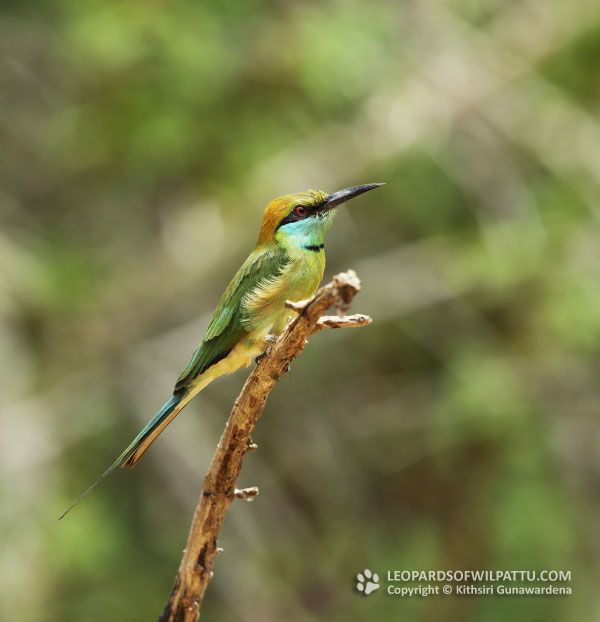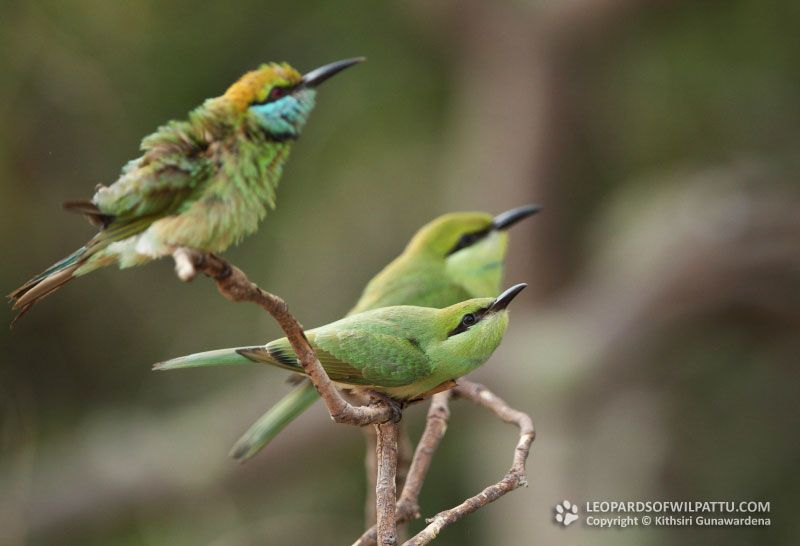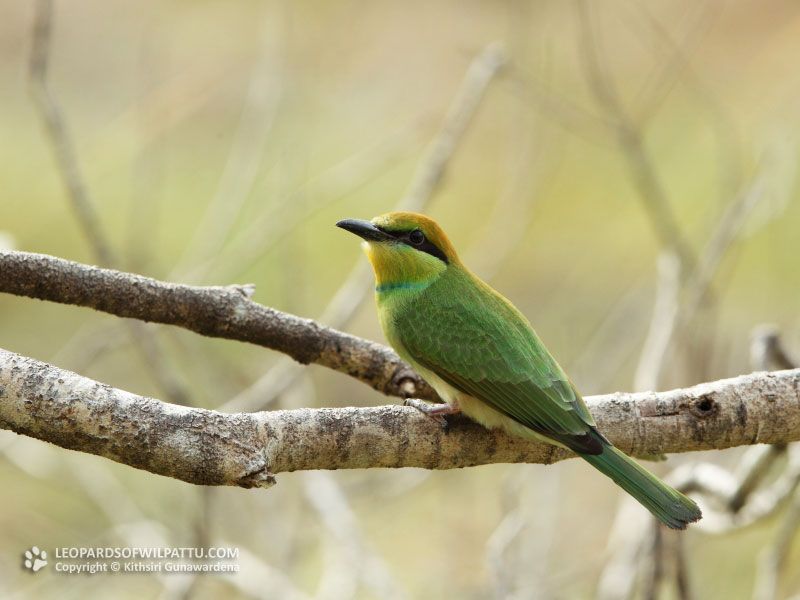
Birds ‹‹ Go Back
This is a species protected under the Fauna and Flora Protection Ordinance as amended by Act No. 22 of 2009.
This is essentially a bird of the dry lowlands of the country, as it does not ascend the hills to any great height. The highest I have seen it is at Koslanda, among the pepper plantations, at an altitude of 736 meters. It is a very common bird in all our dry zone national parks from the North to the South. In Wilpattu these birds can be seen in almost all the open areas. One of the commonest sights in the park is to see one or two of these birds perched close to each other on exposed twigs close to the ground or on tiny branches a few feet from the ground. While seated, they are always on the lookout for flying insects. They feed on butterflies, dragonflies and a variety of other flying insects which are always caught on the wing.
During the butterfly season when large numbers of Lesser Albatrosses can often be observed on the damp ground or close to pools of water, these birds enjoy a time of plenty. They would perch on a chosen branch and would periodically dart at the butterflies settled on the ground. As the bird approaches, the insects instinctively fly up. The bird then has a split second in which to pick on one individual and pursue it. About one in three attempts of these acrobatic flights ends up in a capture with an audible snap of its beak. Upon a successful hunt, the bird would return to its favourite perch with the luckless insect in its beak and batter it to death prior to swallowing its body. The battering results in the wings of the butterflies to drop off. After a few minutes of fast flight the butterflies would settle down again on the same location prompting another attack. Even though sometimes dead butterflies can be observed on the ground where they gather, bee-eaters have not been observed feeding on them.
At Borupan Pitiya, while waiting for a leopard to arrive at a waterhole, I observed two Little Green Bee-eaters perched on an exposed branch about 20 feet from the ground at the edge of the forest. A single Lemon Migrant, which is a fast flying butterfly, flew in across the open fields and one bird pursued it with its usual acrobatic twists and turns. In an instant the butterfly closed its wings and dropped to the ground leaving the confused bird to return to its perch. After a minute or so the butterfly flew directly into the forest.
These birds nest in holes dug into the sandy ground around April and many plain green young birds can be seen in the park with adults, between May – July.



